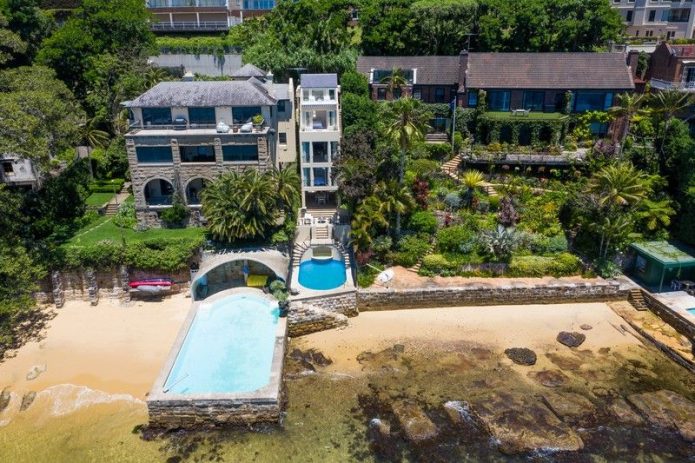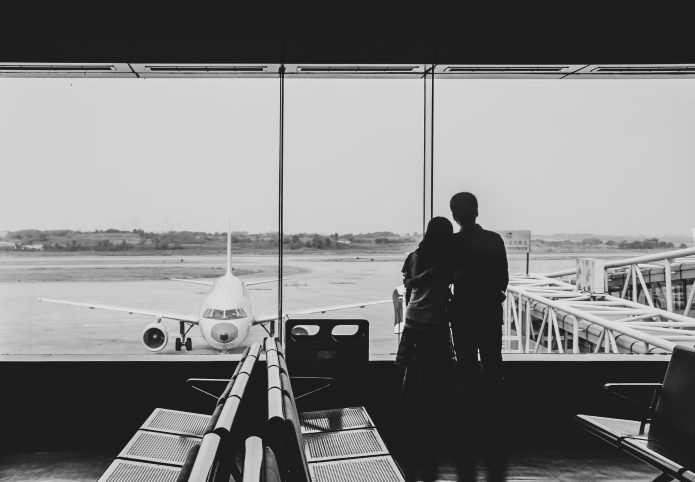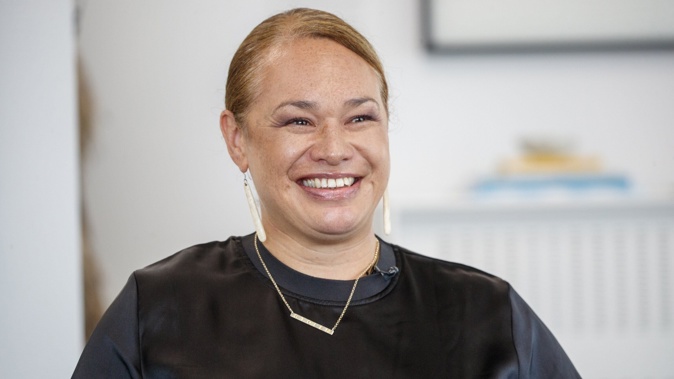PHOTO: Waiheke Island. FILE
There are increasing demands for regulation on Waiheke Island to ensure affordable rental housing for long-term residents as more homeowners opt to rent their properties to short-stay tourists instead.
Despite having one of the lowest overall populations in the Auckland region, Waiheke Island, located in the Hauraki Gulf, has the fourth-highest homeless population among local boards. While the island has a high rate of homelessness per capita, more than a third of its houses are reportedly unoccupied, with overtourism being a major factor.
Dr. Pam Oliver, an independent social researcher and long-time Waiheke Island resident, noted that other popular destinations have successfully addressed similar issues without harming their tourism industries.
“We’re not saying we want tourists to go away. The issue is the massive oversupply of short-stay accommodation, with many places remaining empty most of the time,” she told Checkpoint. “Communities can’t survive without the ability for people to rent. The survival of the local community depends on people’s ability to live near where they work.”
Dr. Oliver emphasized that this is a human rights issue and that it is within the legislative responsibility of councils to ensure sufficient housing availability by enacting supportive regulations.
Airbnb and other platforms offering short-stay rentals have proven more profitable for homeowners than long-term leases. However, this has led to many homes sitting empty for much of the year, even as renters struggle to find housing.
“In the 2018 census, 38 percent of Waiheke Island homes were unoccupied, and the number has almost certainly risen since then,” Dr. Oliver said. “In April this year, our local newspaper, the Gulf News, reviewed rental listings on the island and found only nine places available for long-term accommodation, compared to 698 Airbnb listings. The nine available houses were not affordable.”
Long-term renters, some of whom have lived on the island for decades, often face the challenge of finding temporary winter rentals and are forced out when summer arrives, as homeowners prioritize tourist rentals.
Waiheke Island is not alone in dealing with the rise of short-stay accommodations. Many other regions have introduced measures to manage the impact of tourism and protect local populations.
Project Waiheke Forever, a group Dr. Oliver is involved with, is urging Auckland Council to take action. “Local governments have effectively implemented regulations like differential rating, where unoccupied houses are taxed at a higher rate than occupied ones, or limiting the number of nights a home can be rented out for short stays to encourage owners to return them to long-term rentals,” she explained.
Dr. Oliver pointed out that cities worldwide, including several in New Zealand, have adopted such regulations. Rotorua recently introduced regulations to support long-term stays, following Christchurch last year. Nelson and all Australian state capitals have also implemented similar measures. “It’s really Auckland Council’s responsibility to follow suit,” she concluded.
SOURCE: 1NEWS











